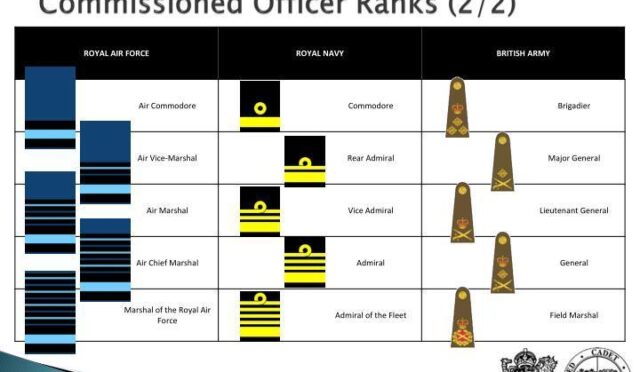Royal Navy’s Historic Missile Test
In a groundbreaking achievement, the Royal Navy has successfully conducted a test launch of a modified missile designed to target supersonic threats with complex flight patterns. This significant milestone highlights the Navy’s capability to adapt to increasingly sophisticated challenges. The Type 45 destroyer HMS Dragon performed the launch, firing a specially outfitted telemetry version of the Sea Viper missile.
Traveling at an astonishing Mach 4 and enduring G-forces that exceed human tolerances, the Sea Viper missile accurately struck its target, which mimicked advanced threats featuring high-speed, evasive maneuvers such as corkscrew and weaving flight patterns. This trial took place off the coast of Scotland as part of Exercise Formidable Shield 25, marking Europe’s largest live-fire naval exercise, ongoing throughout this month in the UK and Norway.
Validation of Air Defense Capabilities
Captain Iain Giffin, the commanding officer of HMS Dragon, emphasized the importance of this successful test in proving the ship’s formidable air defense capabilities. He stated that the exercise allowed for seamless collaboration with NATO allies and partners. “Training alongside ships, aircraft, and land forces from 11 nations in this complex, multi-domain exercise is essential to maintaining our competitive edge against a variety of evolving threats, both high and low-tech,” he elaborated.
Lieutenant Commander Sarah Kaese, the Senior Warfare Officer aboard the Dragon, also commended the destroyer’s progress, characterizing the developments as “impressive.” Her remarks reflect the ship’s ongoing enhancements and readiness to confront modern aerial threats.
Specifications of HMS Dragon
The HMS Dragon is one of six Daring-class destroyers in the Royal Navy, meticulously designed for anti-aircraft and anti-missile operations. With a hefty displacement of 7,350 tonnes (approximately 16.2 million pounds) and a length of 152 meters (498 feet), HMS Dragon can achieve speeds of up to 30 knots (55 kilometers or 34 miles per hour) over a remarkable range of 7,000 nautical miles (8,055 miles or 12,964 kilometers).
Its primary weapon, the Sea Viper missile system—often referred to as the Principal Anti-Air Missile System—utilizes both Aster 15 and Aster 30 surface-to-air missiles, which are launched using a 48-cell Sylver A50 vertical launcher. With a command and control framework developed by MBDA UK and BAE Systems’ Sampson multi-function radar, HMS Dragon possesses the capability to detect aerial threats from distances exceeding 250 miles (402 kilometers). Notably, the Sea Viper can launch eight missiles within a mere 10 seconds while simultaneously guiding up to 16 missiles, showcasing its impressive operational effectiveness.
Advanced Testing Features of the Sea Viper
To provide crucial data during this test, the Sea Viper was equipped with advanced sensors and telemetry systems aimed at transmitting detailed flight data back to the operators in real-time. This capability is instrumental in assessing the missile’s performance and refining future operational strategies.
Such enhancements not only validate the missile’s functionality but also contribute to ongoing development efforts within the Royal Navy’s arsenal, ensuring readiness in face of rapidly evolving threats in the maritime domain.







